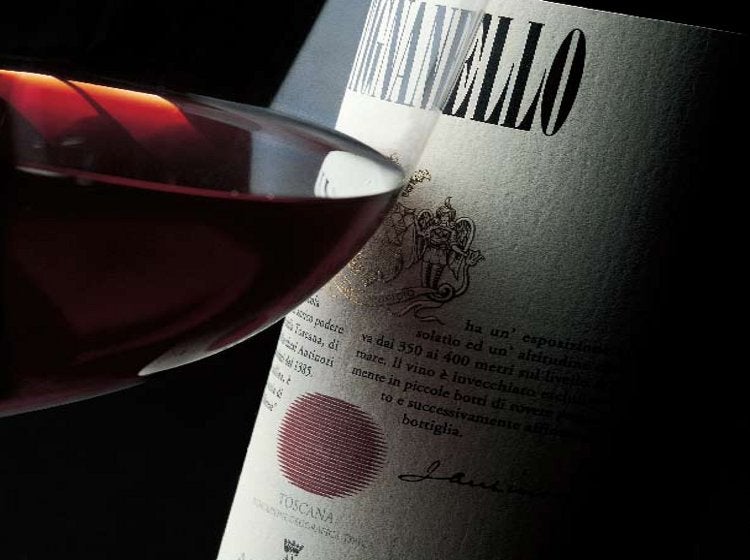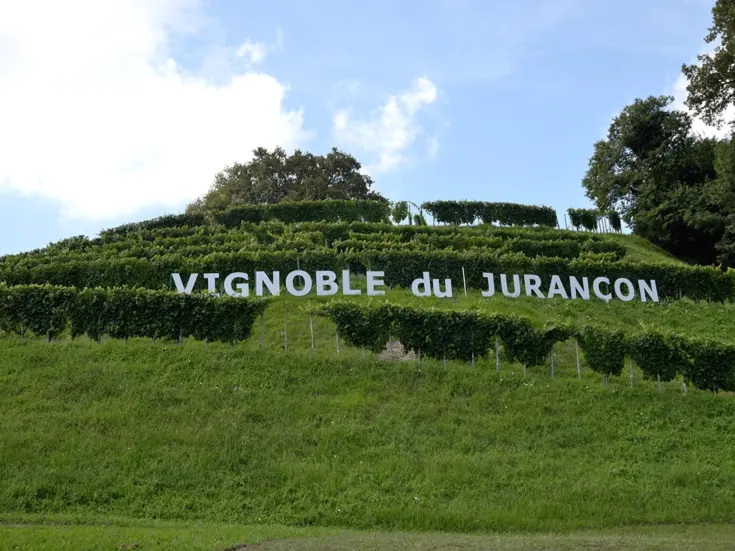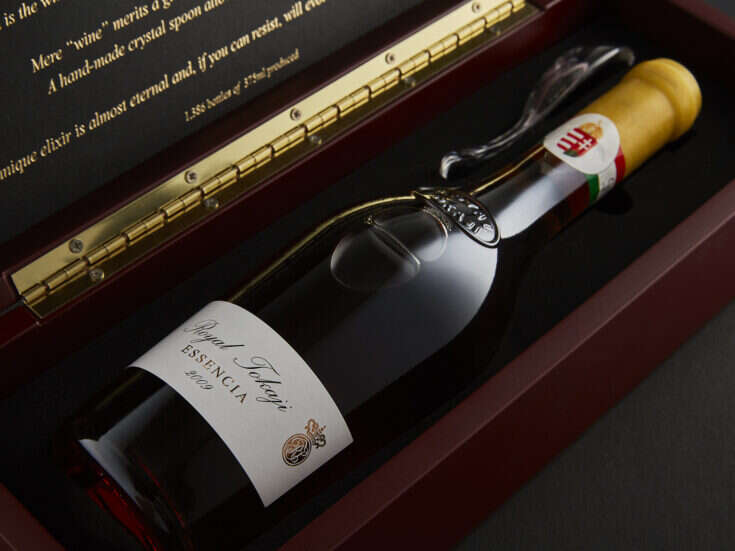
by Nicholas Faith
The world of fine wine may be coming to its senses, leaving wine lovers again in a position to afford decent, if not first growth, wines. The sudden change is at least partly due to a single event.
Before Lehman Brothers, the major investment bank, went belly-up on September 15 last year, the market in fine wine resembled that in art. As Stephen Mould of Sotheby’s put it: “We had two sales in September that went incredibly well at the same time as Damien Hirst was getting over £100 million in his sale.” But by December all had changed, for although sales of wine in bond “flew out of the door” quite a large number of lots of wine liable to VAT, and thus difficult for foreigners to buy, remained unsold.
September’s unthinkable event was the signal for collapse after several years in which the ever-increasing number of investors were guaranteed a return of 15 percent or more every year. In October alone, Liv-Ex’s index of the 100 finest wines-which for the first nine months of 2008 had been climbing, albeit far more gradually than in the vertiginous days of 2006 and 2007-slumped over 12 percent, the single biggest movement in the index’s eight-year history. This drop was accompanied. however, by record turnover-more than half as much more than in the same month in 2007: a sign of a truly disastrous market. Yet by the end of the year it was down less than 15 percent over the year, and was still at twice the level it had been in 2004. By early 2009, calm seemed to have descended, with buyers ready to cough up for most of the wines.
The collapse had not been confined to the dominant Bordeaux market. At the Hospices de Beaune sale in late November average prices were down by an unprecedented 26 percent, in a fall limited only by determined support from the merchants. Lesser wines collapsed by up to 50 percent.
Nevertheless, in Bordeaux, the worst of the slump was largely confined to recent “investment grade” wines at well over £100 a bottle from three fashionable recent vintages-2000, 2003, and above all 2005. This latter year accounted for over half the turnover in money terms, if only because the prices and quantities of first growths, which each produce up to 20,000 cases of their grand vin each year, are so much higher than those of “lesser” wines. The fall was up to 40 percent in the case of some of the most fashionable wines, like Lafite, yet such had been the previous boom years that many of the sellers still escaped with a profit. Much of the selling pressure had come not from the newly-unemployed financiers- “they’d already sold much of their stock,” says Gary Boom of Bordeaux Index-but from that most classic of sources, the Bordeaux merchants, who needed the cash to finance stocks of the largely unsaleable 2006s and 2007s. Even then they made a profit.
Classically, the 2005 Lafite that they would have bought at, say, £4,000 a case would still have given them a 50 percent profit. So the index still ended 2008 at double its figure of four years earlier.
Moreover, the fall was much less steep on the broader 500 index, where the 2005s lost a mere 13 percent and less fashionable vintages-2001, 2002, and 2004-were down on average less than 20 percent. Indeed, a handful of older wines, like the 1995s from Vieux Château Certan and Talbot, have actually risen a little, as have the 1986s from Pichon-Baron and Ducru- Beaucaillou, while vintages like 1989 and 1998 have barely moved. The recent relative calm-so different from the gloom that still pervades, say, the art market-is mainly due to two factors. The more obvious one is the weakness of sterling against both the euro and a resurgent dollar, which has made buying in London up to 30 percent cheaper than it was a year ago. The second is the influence of the Hong Kong market after the former British colony abolished all duties on wine early last year. The combination has greatly helped the handful of London, and thus sterling-based, merchants who had already been active in Hong Kong for some years-notably Berry Bros & Rudd, Farr Vintners, and Bordeaux Index. Simon Staples of Berry’s confirms how well he and his fellows are placed, “with sterling off 25 to 30 percent against both the euro and the dollar and prices well down.”
The demand, obviously centered on Hong Kong, should have come as no surprise, for over the past 25 years the more sophisticated members of the Chinese diaspora throughout Southeast Asia, from Taiwan to Singapore via Thailand and Malaysia, had been gaining a reputation as choosy buyers. Otherwise why should Singapore Airlines have taken such care to provide an outstanding wine list for so long? Demand in China itself is still not a major factor. (And by the way no one seems to believe in the Russians as serious customers now or in the recent past).
Some merchants believe that the Chinese now account for up to 30 percent of the market, for they are replacing the Americans who, according to Tom Hudson of Farr Vintners, “have been out of the picture for a very long time.” As a result, both major British auction houses are joining the London merchants in major drives to attract Chinese buyers. In April, Sotheby’s is conducting a major auction-anyone looking for 1,500 bottles of wine from DRC?-simultaneously in New York and in Hong Kong, with the latter expected to account for two thirds of the revenue. For its part, Christie’s has gone even further. Encouraged by the result of a sale in Hong Kong last November-which brought in $4 million, comfortably more than the pre-sale estimate, and which included major quantities of Latour from the château’s own cellars-it is now shutting one of its two London salesrooms (South Kensington) to “focus on the Asian market.”
The Chinese are also affecting the nature of the market, for in a way they are “traditional” drinkers returning to the values embodied in the 1855 classification. They tend not to buy en primeur but a few years later when, to their taste, the wines-like, say, the 2000s-are ready for drinking, years earlier than their “traditional” British forebears. Moreover, as Staples points out, “the Chinese are not interested in a 100-point Parker wine,” for his influence is diminished not only by the reduced importance of his faithful American devotees, but also by the fall from grace of the garage wines that one trader describes as “red wines on steroids,” ie too oaky and, to put it mildly, robust. One wine quite often regarded as garage is an exception: Le Pin (though the Thienpont family that makes it has always convincingly challenged the description).
At least one aspect of Chinese taste remains inscrutable, however: the elevated price that they are prepared to pay not just for Lafite but also for Carruades-at one point its 2004 vintage costing almost as much as Haut-Brion from the same year. The Chinese are even interested in the estate’s third wine, largely because it comes from the Domaines Rothschild. It’s not the name of Rothschild that is the key, however, since Mouton for them is just another first growth. It could be the fact that the château was classed as Premier des Premiers in 1855, or, as has been suggested, because its name is easier to pronounce.
In the present state of “relative calm”-which could of course be upset if financial conditions get even worse-buyers are seizing on relative bargains. For instance, when the 2001 Mouton fell to less than £100 a bottle, wine lovers moved in to push the price up by a quarter within a few weeks.
More modest “drinkable” wines at “affordable” prices are being snapped up. Both terms need examining. In the trade, “investment wines” normally start at over £100 a bottle, the bottle that traders reckon ordinary buyers can afford as a treat. Well below that level, says Simon Staples of Berry Bros, “there are loads of fine clarets now selling at between £20 and £40 a bottle,” from unfashionable but seriously nice vintages like 1999, 2001, and 2002. For suddenly thousands of “ordinary” drinkers the world over are finding that they can afford a decent bottle of wine to be drunk as a treat. As Justin Gibbs of Liv-Ex puts it, “It’s nothing to do with investment.”
The fine-wine market has two great advantages over other equally global markets like that in art. In market terms it is relatively liquid- apart from such rarities as 1982 Pétrus there are regular sales of most wines- and, of course, it is literally selfliquidating.
As older wines get drunk they grow rarer and more valuable. The point was made most vividly by Anthony Barton when he was confronted by a group of investors who were losing money on their Léovilles and Langoas. Invest a further $10, he advised them. “On what?” they asked him. “A corkscrew.”







